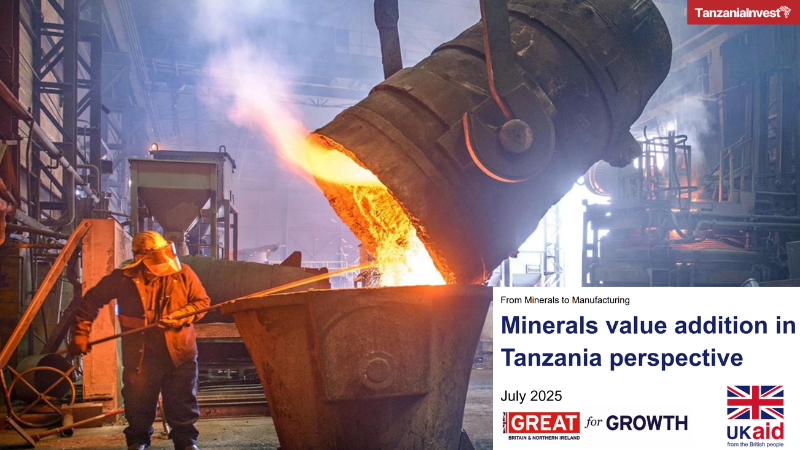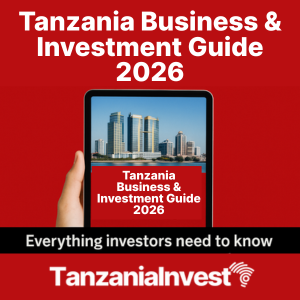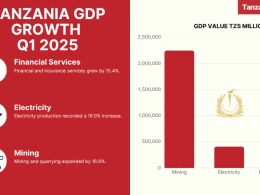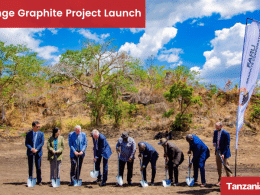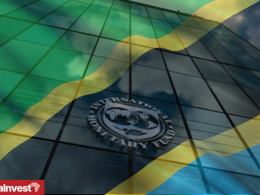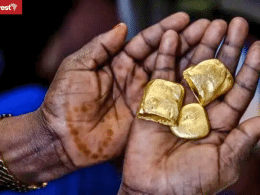Tanzania could generate between USD 7.2B and USD 11.7B annually through local value addition of its mineral resources, according to a July 2025 report titled “From Minerals to Manufacturing: Minerals Value Addition in Tanzania Perspective”, developed by Manufacturing Africa with the Government of Tanzania.
The country’s mineral sector contributed 9.1% to GDP in 2023 and 10.1% in 2024, surpassing the government’s 2025 target.
Minerals account for over half of non-traditional exports and the sector employs over 6 million people.
Gold dominates the industry, representing 80% of mineral production value (USD 3.6B in 2022).
The Government of Tanzania has identified 25 critical and 18 strategic minerals for economic growth, emphasizing beneficiation and local value addition.
Tanzania holds 6% of the world’s graphite reserves, and substantial quantities of rare earth elements (REEs), including neodymium (Nd) and praseodymium (Pr), which are vital to electric vehicle motors and wind turbines.
Large-scale projects underway include the Mahenge and Epanko graphite mines (each over 60,000 tonnes) and the Ngualla REE Project (projected 37,000 tonnes annually).
Tanzania is positioning itself as a reliable alternative to China, which currently produces over 90% of the world’s spherical graphite and 70% of REE metals.
Using a “push-pull” methodology—combining production and reserve data with regional import demand—the report shortlists 11 minerals with the highest value-addition potential: six critical (graphite, REEs, nickel, iron, copper, cobalt) and five strategic (gold, limestone, phosphate, potash, and synergistic minerals).
The report identifies the following 14 value addition opportunities:
- Gold Jewellery
- Gold Bars
- Cement (from limestone and synergistic minerals)
- Ceramics (from limestone and synergistic minerals)
- Glass (from limestone and synergistic minerals)
- Paper and Pulp (from limestone and synergistic minerals)
- Spherical Graphite (intermediate use)
- Rare Earth Metals – Nd-Pr (intermediate use)
- Nickel Sulphate / Nickel Metal (intermediate use)
- Cobalt Sulphate / Cobalt Metal (intermediate use)
- Copper Cathode / Wire (intermediate use)
- Finished Steel Products (from iron ore)
- DAP Fertiliser (from phosphate)
- NPK Fertiliser (from phosphate and potash)
These opportunities are grouped into four investment categories:
- Low-Hanging Fruit (USD 0.8B–1.0B annually): Easily implementable products with local inputs and regional demand, including cement, ceramics, glass, and paper and pulp.
- No-Regret Opportunities (USD 4.0B–7.5B annually): Gold jewellery and bars, leveraging existing mining and refining capacity. Refiners such as Geita Gold Refinery are pursuing LBMA certification.
- Big Bets (USD 700M–1.1B annually): High-value but complex ventures such as spherical graphite and Nd-Pr metals, which support the global energy transition.
- Opportunistic Plays (USD 1.6B–2.0B annually): Fertilisers, steel, copper, nickel, and cobalt, dependent on evolving global markets and local resource scalability.
The report also presents a phased implementation strategy:
- Short Term (1–3 years): Jewellery, cement, ceramics, glass, and paper and pulp, with a combined annual value of USD 1.8B–2.5B.
- Medium Term (3–7 years): Graphite, REEs, fertilisers, gold bars, finished steel, and copper products, collectively worth USD 5.4B–9.2B.
- Long Term (beyond 7 years): Additional opportunities may emerge from minerals like bauxite and lithium, subject to market and production scale.
To unlock these opportunities, the report outlines six cross-cutting action areas:
- Mineral Availability: Develop a national strategy to ensure consistent supply of minerals for domestic processing.
- Capital Access: Improve investment conditions by reducing free-carried equity and mobilizing capital via regional coalitions and guarantees.
- Policy Stability: Establish a stable, evidence-based regulatory framework aligned with industrial development and import substitution.
- Skilled Workforce: Implement a workforce development plan aligned with future technical needs in mineral processing.
- Technology Partnerships: Attract global firms via joint ventures and licensing to overcome IP barriers and fast-track capability development.
- Infrastructure Investment: Upgrade rail, road, port, and energy networks, particularly connecting mining regions like Lindi to hubs such as Mtwara Port.
The report estimates that implementing these 14 value-addition opportunities could drive 9%–15% GDP growth within seven years, generate over USD 1B in annual tax revenue, and create more than 25,000 direct jobs.
It concludes by stressing that Tanzania’s mineral value addition offers a substantial opportunity for companies, investors, and the nation at large. By enhancing value addition, Tanzania can drive economic growth, generate employment, and establish itself as a vital player in the regional and global critical mineral supply chain.
However, achieving this potential will require coordinated efforts from both public and private sector stakeholders to address key enablers and unlock opportunities.
The government can explore actions to further promote a conducive business
environment that attracts investment and supports sustainable growth.
This could include considering the right incentives, ensuring cohesive and stable regulatory frameworks, aligning policy actions with a clear strategy, and addressing critical infrastructure needs such as rail, road, and energy systems.
The government can also play a pivotal role in advancing key mining projects and expediting exploration efforts to ensure an adequate supply of mineral resources, thereby supporting medium-term value addition opportunities.
And investors, banks, and companies can provide the necessary capital, forge partnerships to enhance supply chains, and facilitate the transfer of intellectual property and technical
expertise.





